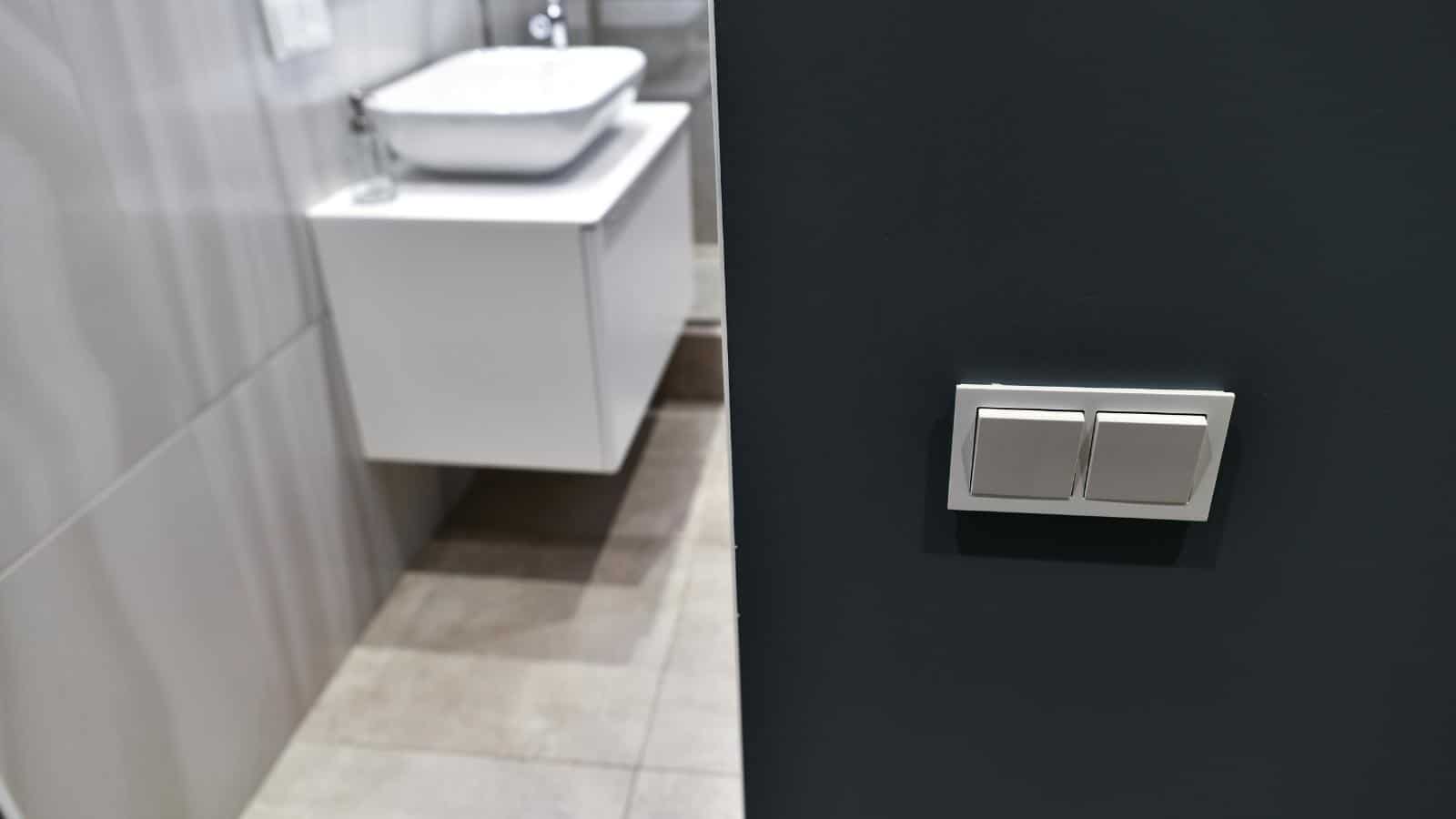It’s no secret that Europeans do things a little bit differently than Americans. So here are 22 funny habits that Europeans do that make Americans scratch their heads.
Having Foods In Their ‘American’ Food Aisle That Americans Don’t Even Have

Europe’s ‘American Food’ aisles are like a bizarro world for actual Americans. You walk down the aisle expecting familiar comfort foods and bam – hamburger-flavored Cheetos? And what’s with the fascination with canned cheese? These items, often unheard of in the U.S., somehow symbolize American cuisine in Europe. It’s both amusing and bewildering.
Having The Bathroom Light Switch Outside The Door

For many Americans, the concept of a bathroom light switch outside the room seems like a design flaw. But in parts of Europe, it’s the norm. Often mandated by safety regulations, these external switches can lead to some playful (or frustrating) moments when a family member or friend decides to mess with the lights while you’re inside.
Taking Soccer Very Seriously

In Europe, soccer isn’t just a sport; it’s a way of life. Americans might be taken aback by how seriously Europeans take their football. Office discussions can quickly turn into passionate debates about last night’s match, and local rivalries are deeply ingrained in the culture. It’s not uncommon to hear phrases likening football to religion – it’s that intense.
Late-night Dining

The European habit of eating dinner late at night baffles many Americans who are used to eating earlier in the evening. This cultural difference in meal timing is particularly noticeable in countries like Spain, where dinner can start as late as 9 or 10 PM.
Strange Queueing Etiquete

Europeans have their unique way of queuing that often puzzles Americans. In England, for instance, there’s an almost sacred respect for the queue. However, in places like Germany, the concept of personal space in lines seems non-existent. It’s a stark contrast to the orderly and spaced-out lines Americans are used to.
Shutting Down In August

August in Europe might as well be a universal holiday month. Entire cities slow down, and trying to get anything done during this period can be an exercise in futility. This widespread vacation culture is a bit alien to Americans, who are accustomed to a more constant work pace throughout the year.
Paying To Use A Public Restroom

The concept of paying to use a public restroom is something many Americans find bewildering when traveling in Europe. It’s not just about the inconvenience; it’s the principle. Why pay for a basic need? However, European restrooms are often well-maintained, which might justify the cost for some.
Having Twin Beds Pushed Together Instead Of A Double

The European hotel practice of pushing two twin beds together instead of providing a double bed is a source of amusement and sometimes frustration for Americans. It’s especially puzzling considering Europe’s historical association with kings and queens, from whom one would expect more opulent sleeping arrangements.
The Amount Of Paid Leave They Get

The generous amount of paid leave offered in many European countries is something many Americans envy. From extended maternity and paternity leaves to ample vacation days, the European approach to work-life balance is something Americans often wish could be replicated in their own country.
Day-tripping To Other Countries

The ease with which Europeans can day-trip to different countries, experiencing a variety of cultures and languages within a short distance, is a concept that Americans, living in a vast country with relatively uniform culture across states, find both intriguing and enviable.
Drinking At A Young Age

The European norm of young teenagers consuming alcohol, often seen in countries like England, is a stark contrast to the strict drinking age regulations in the U.S. This early exposure to alcohol is a cultural difference that many Americans find surprising.
Taking The Kitchen With Them When They Move

In Europe, it’s not just about changing addresses; it’s about taking your entire kitchen with you. Imagine the surprise of an American when they learn that in places like The Netherlands, not only do you pack your dishes and pans, but also the kitchen sink, and sometimes even the flooring! And yes, while it’s a trend in rental flats, it’s still a head-scratcher for someone from the States, where kitchens typically stay put.
Smoking

The prevalence of smoking in Europe can be a shock for Americans. In the U.S., smoking rates have been on a steady decline and are often frowned upon, while in Europe, it seems to be more socially acceptable and widespread. It’s a cultural difference that’s immediately noticeable to any American visitor.
Impressive Language Skills

Europeans’ ability to speak multiple languages fluently often leaves Americans in awe. It’s not uncommon to meet Europeans who can effortlessly switch between three or four languages. This multilingual skill set is a result of Europe’s diverse linguistic landscape and strong emphasis on language education.
Letting Babies Sleep In The Cold

The Scandinavian practice of letting babies nap outdoors in the cold is something most Americans would find alarming. However, it’s rooted in the belief that exposure to fresh air, regardless of the weather, is beneficial for the babies. It’s a testament to the trust and safety felt in these communities, a far cry from the overprotective parenting style often seen in the U.S.
Open Borders

The concept of open borders within the Schengen Area is fascinating and foreign to Americans. The ease with which one can travel from one country to another without passport checks or border controls is something Americans, used to stringent border security, find both liberating and surreal.
Their Love Of Tracksuits

Europe’s love affair with tracksuits, especially in Eastern Europe, is something Americans often find amusing. The full matching, often shiny tracksuits are seen as a fashion statement in Europe, while Americans might associate them more with casual or athletic wear.
Not Being Able To Adjust To High Temperatures

Europeans’ struggle with high temperatures, especially during heatwaves, is notable compared to Americans, many of whom are accustomed to extreme weather conditions. The lack of widespread air conditioning in Europe adds to the challenge, making heatwaves particularly tough for those not used to them.
No Ice In Their Water

The European aversion to ice in water is a quirk that often puzzles Americans, who typically prefer their beverages ice-cold. In many parts of Europe, ice is used sparingly, and water is served at room temperature or slightly chilled.
Very Long Lunch Breaks

The European tradition of taking long lunch breaks, sometimes extending to two hours, is a concept that seems alien to the American work ethic. This leisurely approach to the middle of the day contrasts sharply with the typically shorter and more task-oriented lunch breaks in the U.S.
No Comments For Sneezing

The lack of a customary response to sneezing in some parts of Europe is something Americans, accustomed to saying “bless you,” find peculiar. It’s a small but telling difference in social customs that highlights the diversity in cultural etiquettes.
Thinking That “How’re You Doing?” Is A Genuine Question

Many Europeans interpret the American greeting “How’re you doing?” as an invitation for a genuine conversation about one’s well-being, not realizing it’s often just a polite, rhetorical question in the U.S.
